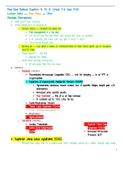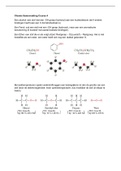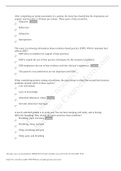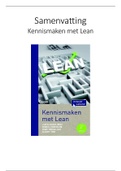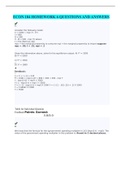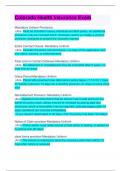Samenvatting
AEP-33306 extensive summary reader
- Instelling
- Wageningen University (WUR)
Englisch summary of the reader of AEP-33306 with all the graphs and equations. Written in the summer of 2018 for the resit-exams. Summary is very similar to the reader itself. Chapter one is not extensively summarized because it is only included in MC questions on the exam. For the same reason chap...
[Meer zien]





